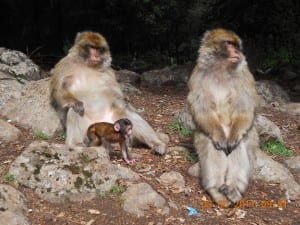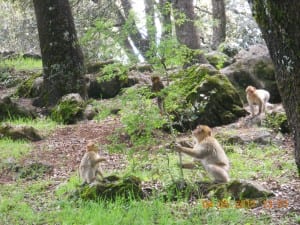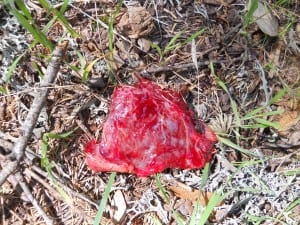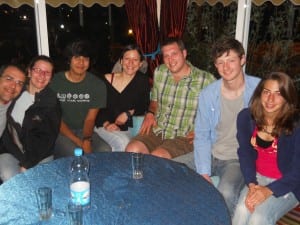A week ago my time in Morocco came to an end and sadly, time definitely does fly by when you’re having fun. The brilliant thing about fieldwork is that every day is an adventure and the unpredictability of wild monkeys makes researching them fascinating. In fact, before I arrived in Morocco the Tourist Group monkeys had started to undergo a major change in their social organisation – they had started to split. Six adults and some juveniles had begun living further away from the main part of the group, which consists of eighteen adults and three sub-adults. By the time I arrived in Morocco these six adults were only seen occasionally and were never seen interacting with the other adults. While I was happy to have fewer monkeys to sample, it also meant that the rank order needed to be redetermined. This is because Bounty, the dominant male, was among one of the adults to have left the main part of the group. The new contenders for dominant male are Kitkat and Milkiway, seemingly good friends that take turns carrying infants and getting food.
By the beginning of May most females had given birth and some infants had even begun to jump around, climb mini-trees and get on the adults’ nerves indicated by the open mouth threat face. A few times I even saw Grace present groom to a male only to get up a few seconds later and leave without her infant!
One day I stumbled across what could only be a placenta. It came in two parts and looked fresh. This is quite a rare sight since primates, as well as other placental mammals, usually eat their placenta shortly after delivery – an act called placentophagy. Leila, a Tourist Group female, had given birth that morning and is the most likely source.
I am very grateful to Bino, who gave me permission to work at the field site and was enthusiastic about my research, and to Chris, Tom, Sandra and Neal, whose help and friendship made fieldwork in Morocco a wonderful experience.



